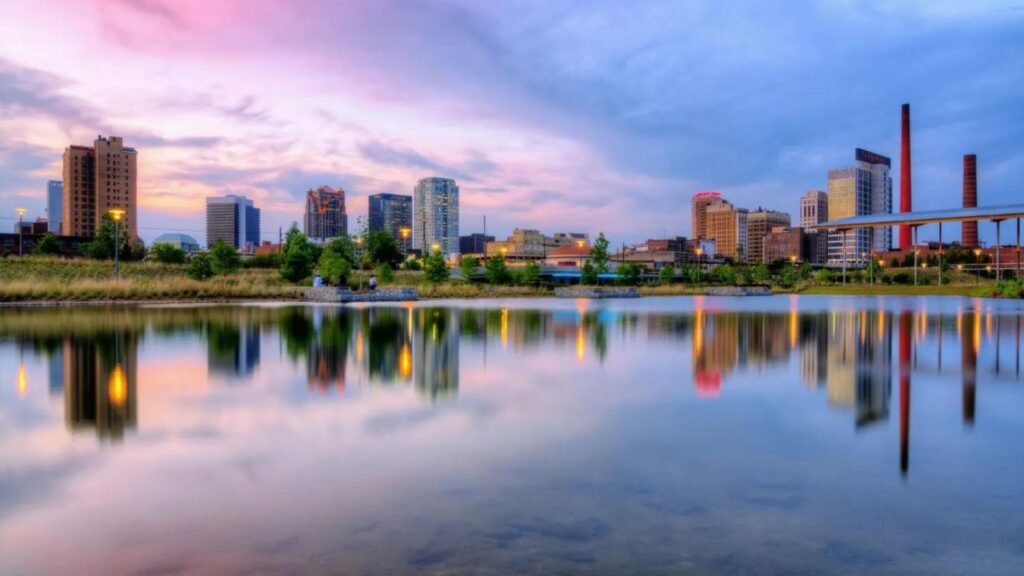Jul 3, 2024
Best HDR Photography Editing Techniques
HDR photography allows photographers to capture a wider range of light and detail than traditional photography. The editing process involves merging multiple exposures of the same scene to create a balanced image with enhanced contrast and clarity. Here are some essential techniques to help you master HDR photography editing:

1. Capture Bracketed Exposures
To create an HDR image, start by capturing a series of bracketed exposures of the same scene. Bracketing involves taking multiple shots at different exposure levels: one underexposed to capture highlights, one properly exposed, and one overexposed to capture shadows and details.
2. Use HDR Software
After capturing bracketed exposures, use dedicated HDR software like Adobe Photoshop, Photomatix Pro, or Aurora HDR to merge these exposures into a single HDR image. These programs offer tools to align and blend exposures seamlessly, ensuring optimal dynamic range and detail.
3. Adjust Tone Mapping
During the HDR merging process, adjust tone mapping settings to control the overall contrast and tone of the image. Tone mapping helps balance highlights, shadows, and mid-tones to achieve a natural-looking HDR photo. Experiment with different presets and sliders to find the right balance for your image.
4. Enhance Details with Deghosting
When merging bracketed exposures, use deghosting tools to address any movement between shots, such as moving subjects or wind-blown foliage. Deghosting ensures sharpness and clarity throughout the image, especially in areas with high contrast or motion.
5. Fine-Tune Color Saturation and Vibrancy
After merging and tone mapping, fine-tune color saturation and vibrancy to enhance the richness and depth of your HDR photo. Adjust sliders for saturation, vibrancy, and individual color channels to achieve a balanced and natural color palette.
6. Reduce Noise and Sharpen
HDR merging can sometimes introduce noise, especially in shadow areas. Use noise reduction tools to clean up grainy textures while preserving detail. Additionally, apply sharpening selectively to enhance clarity and sharpness, focusing on key elements of the composition.
7. Maintain a Natural Look
While HDR photography allows for enhanced dynamic range, strive to maintain a natural and realistic appearance. Avoid over-processing or excessive HDR effects that can lead to unnatural colors or halos around objects. Use subtle adjustments to retain the scene’s authenticity.
8. Experiment with Different Styles
HDR photography offers creative possibilities beyond realistic rendering. Experiment with different HDR styles, such as surrealistic or painterly effects, to add artistic flair to your images. Explore presets and custom settings in HDR software to achieve the desired aesthetic.
Conclusion
Mastering HDR photography editing techniques enhances your ability to capture and portray scenes with exceptional dynamic range and detail. By following these techniques and using specialized HDR software effectively, you can create compelling images that stand out with clarity, depth, and visual impact. Practice regularly and experiment with different subjects and lighting conditions to refine your HDR editing skills and unleash your creativity in photography.
More Details